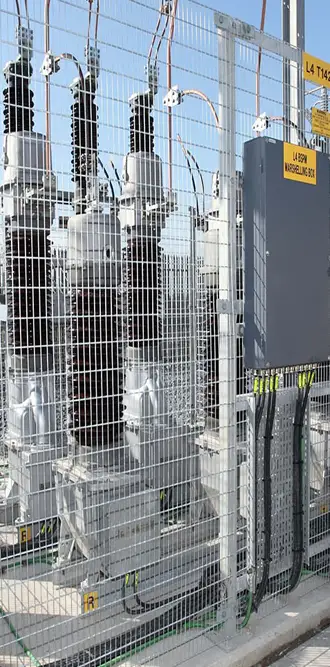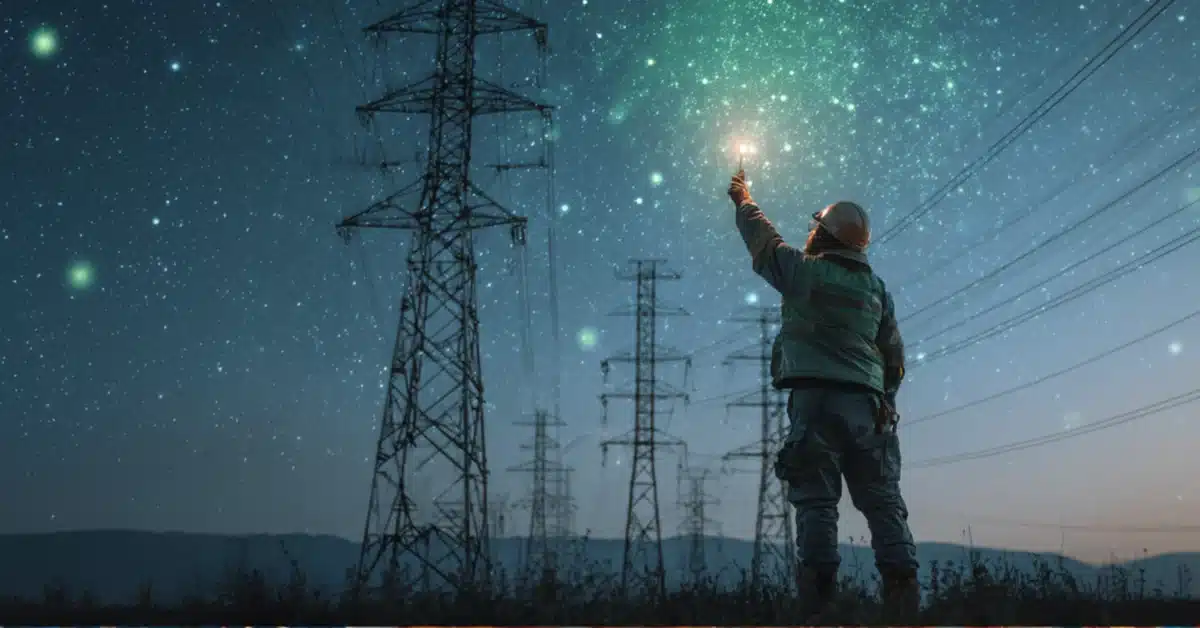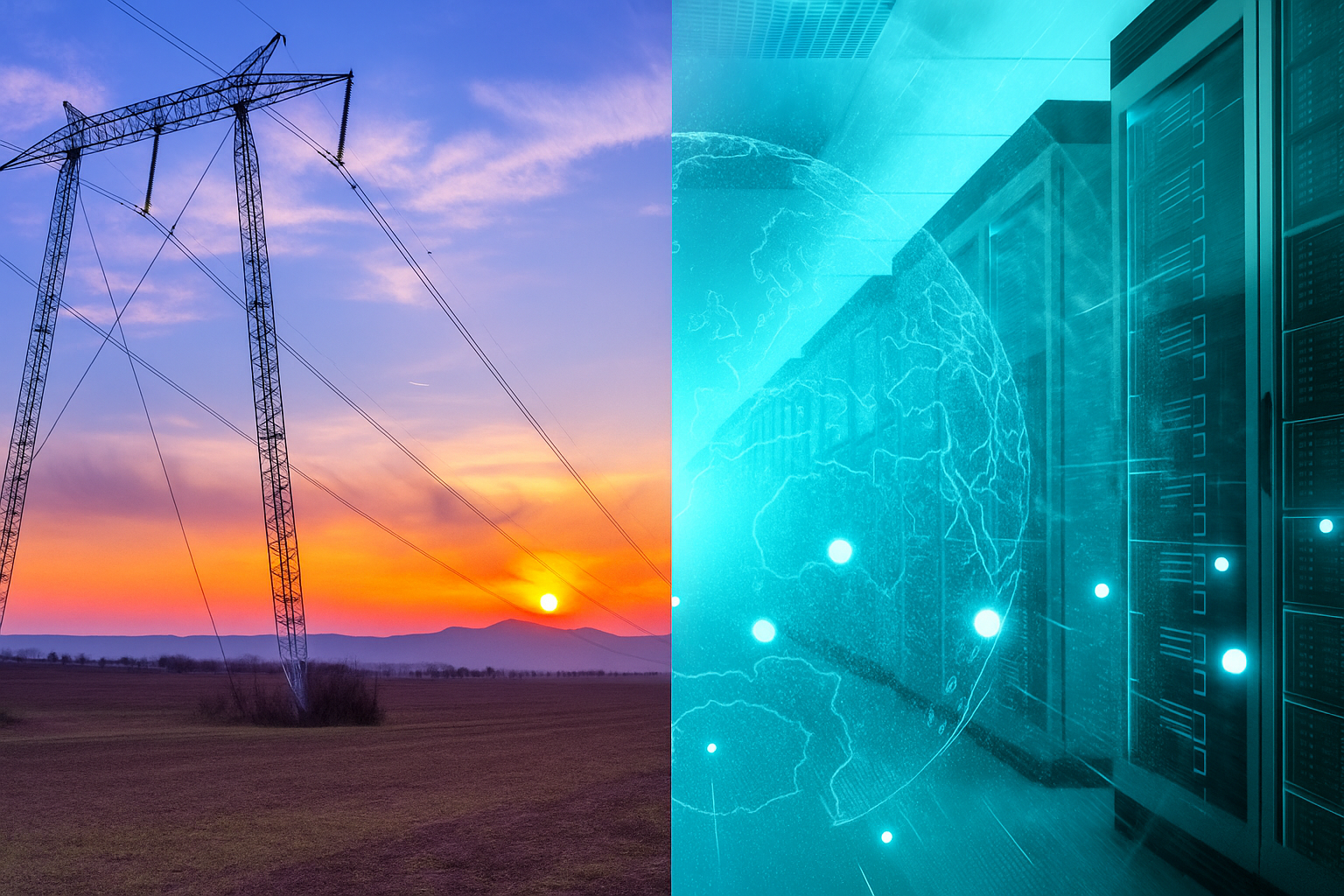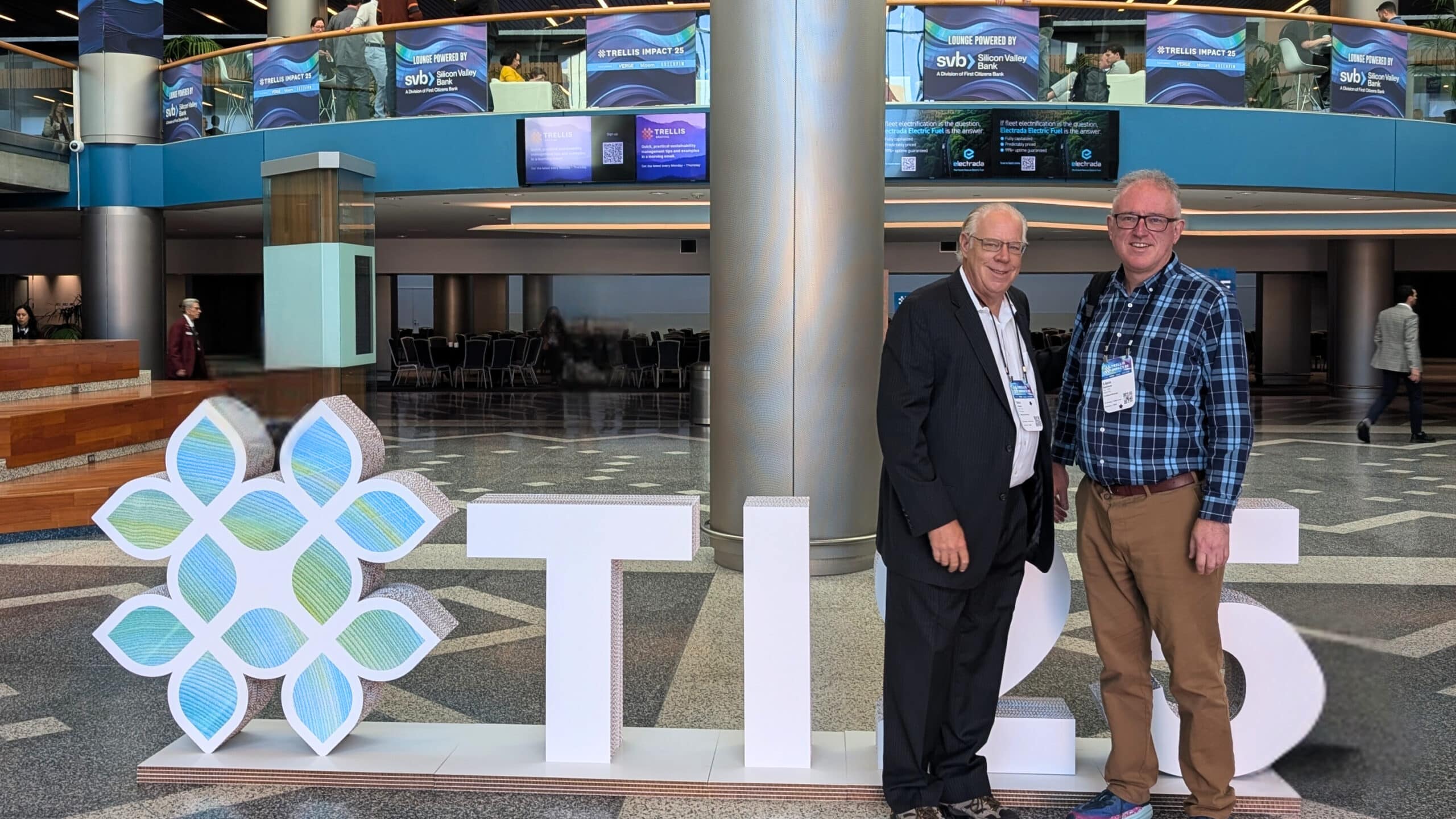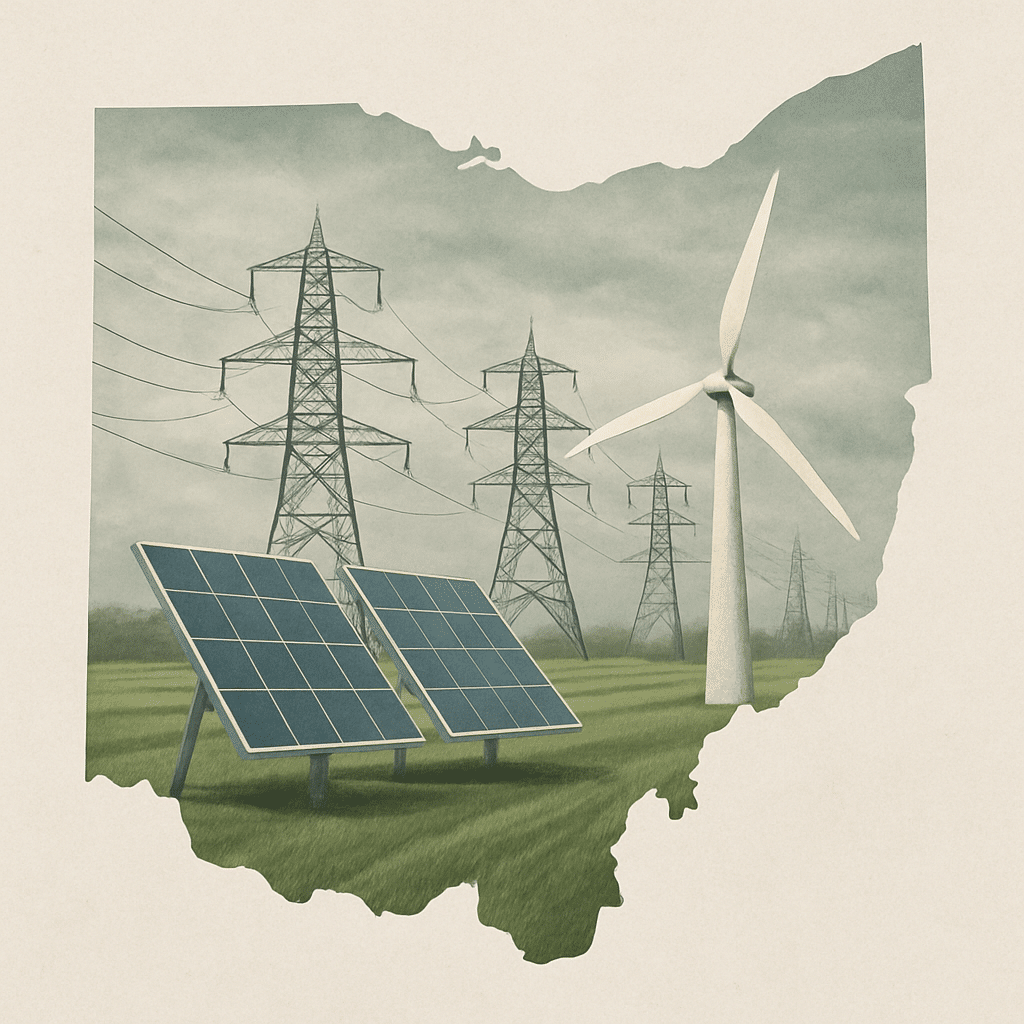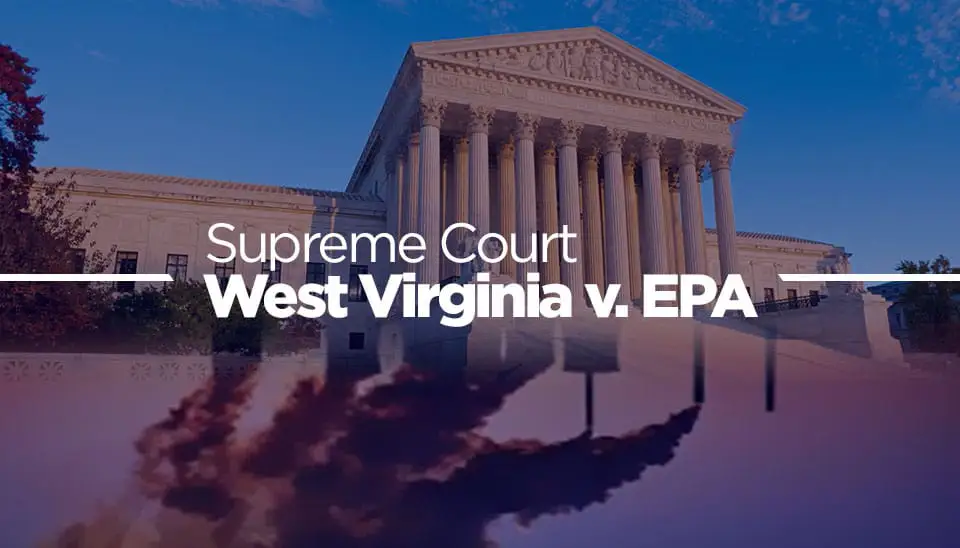
Attempts in the past to regulate GHG by the EPA have been met with legal challenges.
In June, the Supreme Court, West Virginia v. EPA, limited the agency's ability to regulate carbon emissions from large centralized power plants (especially coal-fired peaker plants). The agency had not demonstrated that congress had made it responsible for addressing the power sector's climate pollution.
The New York Times and The Atlantic wrote that the EPA was granted extra powers due to the clarifications/definitions of GHG within the Inflation Reduction Act (IRA). However, it is still debatable whether the EPA's authority in this matter and the status of top-down regulation of carbon have changed significantly.
Bottom-up Approach
In general, the Inflation Reduction Act takes a more bottom-up approach toward encouraging the market to shift to clean energy solutions. These incentives range from electric vehicles, heat pumps, energy efficiency measures, solar, battery storage and a range of other Investment and Production Tax Credits that encourage homes and businesses to develop an array of distributed energy resources (DER).
TAX CREDITS
Electric Vehicles
Electric Vehicles are entitled to a $7,500 credit amount - the vehicle will qualify for a $3,750 tax credit if it meets a “critical materials” requirement and another $3,750 if it meets a “battery component” requirement. Larger credits apply to long-haul commercial vehicles.
Building Energy efficiency
The IRA tax credits for solar photovoltaics (PV), heat pumps, electric HVAC upgrades, and water heaters. These DER assets can be enrolled in VPPs.
FERC 2222
The Federal Energy Regulatory Commission FERC Order 2222 enables DERs to participate alongside traditional resources in aggregations as small as 100kW. DER fleets of vehicles, battery storage and connected controllable loads will solve load balancing issues. This pool of DERs can be managed by grid systems to maintain grid frequency by removing unnecessary loads avoiding blackouts, opening up consumers to revenue streams and reducing the need for the grid to call upon the above-mentioned peaker power plants.
Conclusion
Regardless of the setback the EPA received via the Supreme Court ruling on regulating carbon emissions in power plants, coal fired peaker plants have been on the decline for over a decade and are in the process of being replaced by gas-fired power plants. Increasing economic interest will flow towards solar and wind generation due to the IRA production tax credits. California is currently leading the way in banning oil and gas extraction by 2045 and fossil fuel consumption in buildings and vehicles by 2035.
Distributed Energy Resource Management Systems are viewed as less of a nuisance and more as an important load balancing solution as we transition quickly toward intermittent renewables. DERs and VPP aren't mentioned in the Inflation Reduction Act, but the bottom-up approach to incentivizing investment in clean energy technologies will create a large market of Prosumers of electricity and microgrid communities which will boost grid resiliency as we decarbonize the climate.
GRID SUPPORT
DEVELOPING Grid Frequency Support WITH BATTERIES for A Multinational utility
A multinational energy utility approached Full Stack Energy to help develop a suite of software and hardware that allows the customer to provide grid frequency support by dispatching distributed batteries. It incorporates PMU technology that monitors the grid frequency per cycle basis and sends charge/discharge signals to the relevant battery banks if a frequency event is detected.


